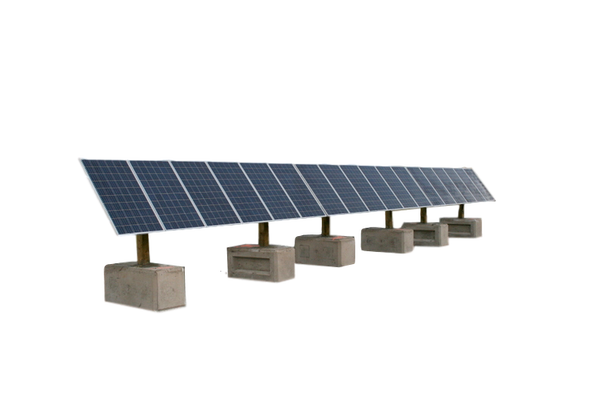
FAQ to Grid-Tie (Net Metering) Solar Systems:
Why invest in a grid-tie system?
Solar users like using their own energy first, and knowing its source is clean, renewable energy production. Solar fixes the energy costs, avoiding utility rate increases. Some provinces like Ontario have a feed-in tariff that offers to purchase the power from your system, creating an income stream.
Why are solar panels a good investment?
Solar electric panels feature a 25 year output warranty and will likely last for 30 years or more. This means the system you install today will produce free and reliable electricity for decades. As an investment in your home, cottage or business, your system will enhance its value while delivering clean, quiet energy for you to use. Now that’s a smart investment!
Explain Grid-Tie to me. What can I expect?
Grid-tie solar systems are used for homes and business. A solar system mounted on the roof or ground can produce some or most of the electricity consumed in the home or business. Most Canadian houses use between 5,000 kWh (very efficient) and 13,000 kWh (not very efficient) per year.
Solar systems reduce the electrical consumption used from the power grid or even produce more than consumed and feed it back into the grid.
How does a Grid-Tie System work?
See the cross section of a house with solar grid-tie system. There are two basic components:
Solar array: One to ten kilowatts of solar panels, typically mounted on unused south facing roof space.
Inverter: Converts solar energy (DC) to match utility power.
What happens during a power failure?
Grid-tie systems safely disconnect in the event of a power failure. We offer the option of a Secure Source battery backup that would run some selected loads like pumps or lighting in the event of a blackout.
How much energy can I gather with a solar electric system?
In most of Canada, a kilowatt (1000 watts) of solar panels (area A. of 60 - 70 ft2), mounted with good exposure facing south, could generate between 1000 and 1400 kilowatt hours (kWh) of electricity per year.
Why invest in a grid-tie system?
Solar users like using their own energy first, and knowing its source is clean, renewable energy production. Solar fixes the energy costs, avoiding utility rate increases. Some provinces like Ontario have a feed-in tariff that offers to purchase the power from your system, creating an income stream.
Why are solar panels a good investment?
Solar electric panels feature a 25 year output warranty and will likely last for 30 years or more. This means the system you install today will produce free and reliable electricity for decades. As an investment in your home, cottage or business, your system will enhance its value while delivering clean, quiet energy for you to use. Now that’s a smart investment!
Explain Grid-Tie to me. What can I expect?
Grid-tie solar systems are used for homes and business. A solar system mounted on the roof or ground can produce some or most of the electricity consumed in the home or business. Most Canadian houses use between 5,000 kWh (very efficient) and 13,000 kWh (not very efficient) per year.
Solar systems reduce the electrical consumption used from the power grid or even produce more than consumed and feed it back into the grid.
How does a Grid-Tie System work?
See the cross section of a house with solar grid-tie system. There are two basic components:
Solar array: One to ten kilowatts of solar panels, typically mounted on unused south facing roof space.
Inverter: Converts solar energy (DC) to match utility power.
What happens during a power failure?
Grid-tie systems safely disconnect in the event of a power failure. We offer the option of a Secure Source battery backup that would run some selected loads like pumps or lighting in the event of a blackout.
How much energy can I gather with a solar electric system?
In most of Canada, a kilowatt (1000 watts) of solar panels (area A. of 60 - 70 ft2), mounted with good exposure facing south, could generate between 1000 and 1400 kilowatt hours (kWh) of electricity per year.

